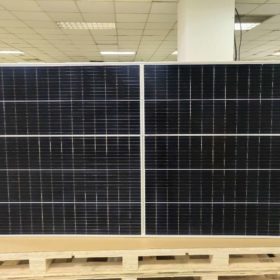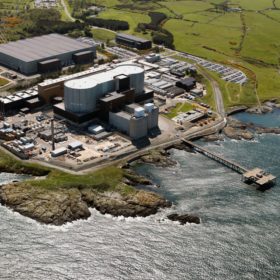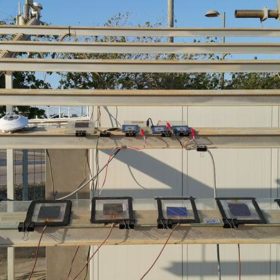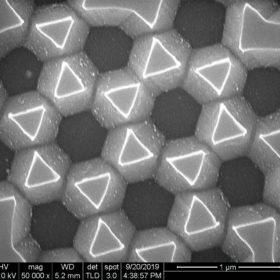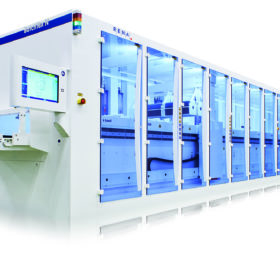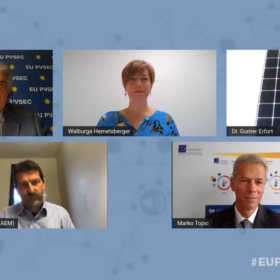Webinar Q&A: Embracing the 600 W+ Era
In a pv magazine webinar earlier this month, Trina Solar took us through some of the key considerations for the PV industry’s rapid switch to new, larger format modules based on 210mm wafers. The rise of such modules raises important questions up and down the supply chain. Here, Lim Cheong Boon, Head of product and marketing at Trina Solar APAC, and Andrew Gilhooly, head of TrinaPro for Asia Pacific respond to some of the questions from the audience that we could not cover in the one-hour webinar.
Hitachi halts 5.8 GW of UK nuclear plans
With the Japanese conglomerate this week walking away from two new nuclear plants in the United Kingdom, project developer Horizon Nuclear Power has confirmed all activities at both sites will cease. The facilities had struggled to secure funding despite offers from government. Horizon said it will ‘keep lines of communication open’ regarding the future of the sites.
From tandem cell to double absorber for 34.45% efficiency
Scientists in the United States theorize that a ‘double absorber’ cell comprising two active thin-film layers within one cell stack could achieve impressive efficiencies, whilst eliminating many of the challenges inherent to the design of tandem cells. For now though, it’s only on paper.
Tandem cells head outdoors
Scientists in Saudi Arabia headed outdoors to test the effects of the region’s high desert temperatures on the performance of small perovskite-silicon tandem cells in several different configurations. Their findings could offer new insight into selecting the best materials for long-term stability in the field.
Nanostructures for ultrathin flexible wafer
Scientists in South Korea combined two processes to etch a nanostructure of tiny pyramids onto the surface of a silicon wafer. As well as trapping more light and increasing the cell efficiency, the group claims that its nanostructure improves the mechanical flexibility of the cells. This could potentially allow for the use of much thinner silicon wafers than is currently possible in production.
RENA picks up 15 GW equipment order
Germany based PV equipment supplier RENA Technologies has received what it describes as its ‘biggest ever order’, from a tier 1 manufacturer in Asia, for 15 GW of its wafer texturing equipment. Financial details of the deal have not been disclosed, although the company states that the order is worth “tens of millions of euros.”
EU PVSEC 2020: Five takeaways
Spread across this week, the 37th EU PVSEC conference brought together companies and research institutes from Europe and further afield. This year’s presentations point to an industry standing at a crossroads. New challenges lie ahead, but there is plenty of optimism surrounding continuing growth and a more central role for PV in energy systems over the next decade. As the conference drew to a close on Friday, pv magazine offers five key takeaways.
Heating up the heterojunction-LID discussion
Scientists led by the University of New South Wales have looked into the long-term degradation of silicon-heterojunction. Their findings suggest that illumination at high temperatures could actually improve cell efficiency, but also risks activating multiple light-induced degradation mechanisms if not carefully controlled.
Renewables and the Russian economy
As nations begin to move towards clean energy, fossil fuel exporting countries will need to rethink and reshape their economies. Taking Russia as an example, an MIT study has examined the likely impact on oil, gas and coal exports and the opportunities the energy transition could offer.
‘Energy transition requires us to do things better’
The annual EU PVSEC conference got under way virtually this morning via an online platform since the planned event in Lisbon could not go ahead due to the Covid-19 pandemic. Opening presentations revealed an air of optimism in the PV industry, amid expectations of a rapidly rising share in the energy mix, growing conversion efficiencies, advancing technology pathways and innovative solutions to the problem of integrating high levels of PV into electricity grids.

